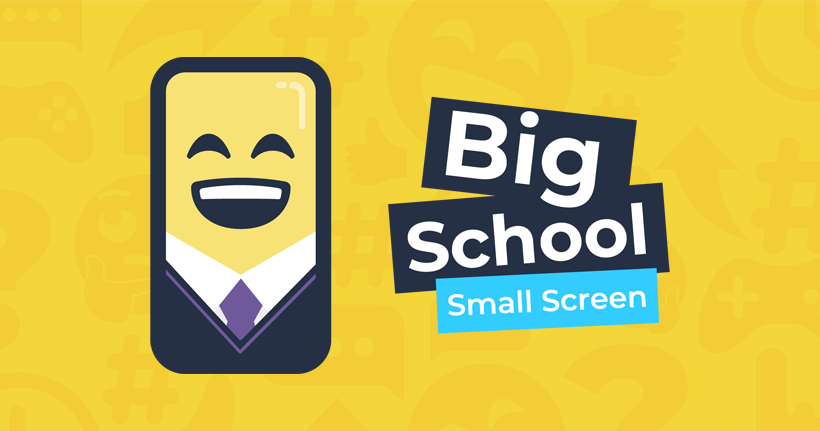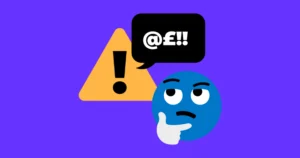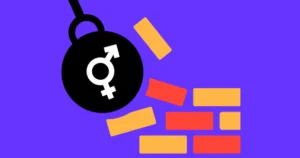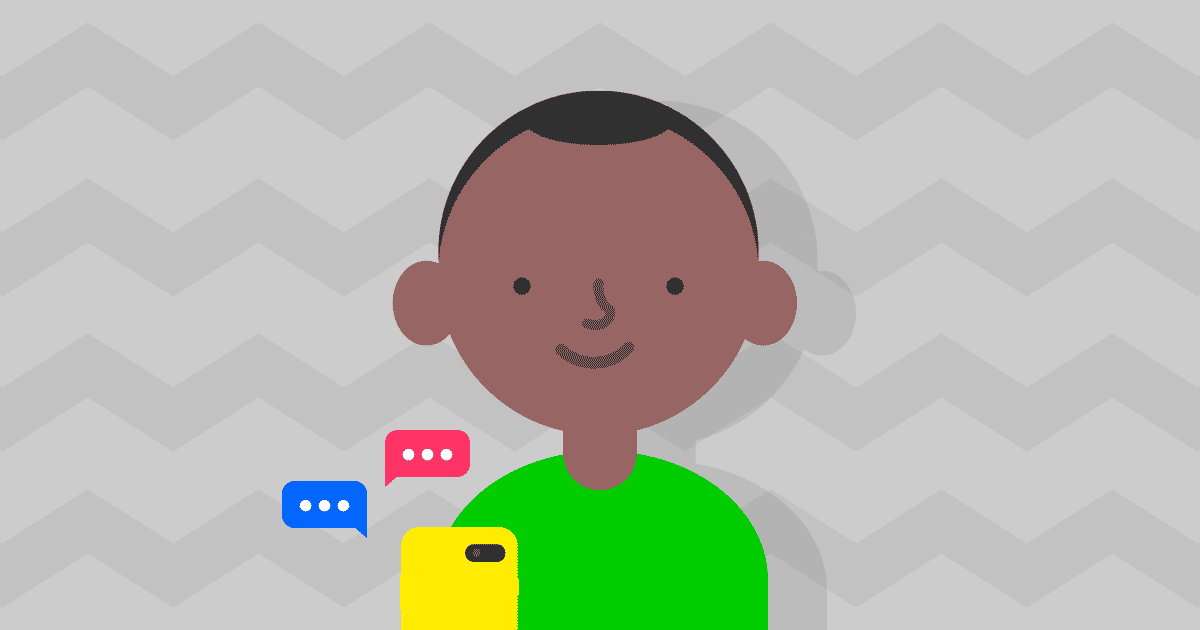Primary school resources
Free online safety teaching materials
From cyberbullying to thinking critically about the online information they read, we have a variety of primary school resources to help teach children about safe online use.
On this page
- Online risks for children in Primary
- Popular apps and platforms
- Featured Primary classroom resources
- Guides for online safety
Online risks for children in Primary
The digital world offers a variety of benefits to children and young people, but not all children understand the harmful risks that may affect them online.
Below are common online safety issues that children in KS1 and KS2 may experience. See what they are and how teachers can support them.
Our research sees around 6% of 9-10-year-olds experiencing online bullying, abuse or trolling from people they know or don’t know. But research also shows that bullying behaviours have some of the biggest impacts on children.
Often, bullying from people they know also starts or continues at school. This makes it an issue that’s difficult to escape.
Lessons to teach about positive behaviours:
- Introduction to Cyberbullying: Help children become upstanders even when bullying happens between friends.*
- Is It Funny or Is It Hate?: Explore online hate and how children can report bullying behaviours from people they don’t know.*
- Introduction to Healthy Behaviours Online: Help children understand what positive and negative behaviours look like to stay safe.*
- Tackling Online Hate: Teach children the ins and outs of online hate and how to deal with it if it happens.
- Breaking Down Gender Stereotypes: Explore how harmful stereotypes can lead to bullying and how children can spread positivity online.
*You must sign in to or register with Digital Matters to access lesson materials.
Around 1 in 8 children aged 9-10 say they have come across mis/disinformation online. This doesn’t account for children who have come across false information without knowing. Believing fake or misleading information can lead children to participating in or sharing harmful trends.
Lessons to promote critical thinking:
- Introduction to Critical Thinking: Help children understand the difference between fact and opinion to think before they share.*
- Thinking About Online Challenges: Teach children the importance of thinking below the surface before participating in harmful trends.
- Fact-Checking AI (download): Explore the skills needed to navigate content potentially generated by AI.
*You must sign in to or register with Digital Matters to access lesson materials.
We asked 216 children aged 9-10 about the issues they’ve experienced online. The findings included:
- Violent content or content which promotes violence: 6%
- Content from radical or extremist groups: 1%
- Content promoting unrealistic body images or altered bodies: 9%
- Content featuring animal abuse: 6%
- Content which promotes dangerous stunts or challenges: 15%
If parents/carers do not use parental controls or enforce screen time limits, the likelihood of children coming across inappropriate content increases.
Resources to encourage parents to take action:
Research shows that a significant numbers of 9-10-year-olds use platforms which require a minimum age of 13. These include:
- WhatsApp (34%)
- TikTok (23%)
- Snapchat (14%)
- Instagram (8%)
To use these platforms, they must login either using their parent’s account or by lying about the their age. In both cases, they miss out on important safety features automatically given to teens.
Children also experience other security issues such as strangers contacting them (13%) and being asked for/giving away personal information (6%).
Resources to support children and parents:
- Introduction to Protecting Personal Information: Teach children about what ‘personal information’ means and how to keep it safe.*
- How can I keep my child’s online accounts safe?: Share this guide with parents to help them set up online accounts securely.
*You must sign in to or register with Digital Matters to access lesson materials.
Nearly 40% of children aged 9-10 say they feel like they spend too much time online. Unfortunately, while many children recognise this issue, they don’t often have the skills to counter it.
It’s important to foster a balanced digital diet when it comes to screen time. The following resources can help you support children and their parents:
- Introduction to Balancing Screen Time: Help children understand the meaning of ‘balance’ and how to get support for their wellbeing.*
- Guide to balancing screen time: Share this guide with parents to help them develop good balance and screen time habits with children.
- Screen time advice hub: For more in-depth advice, share this link with parents to help them better understand screen time.
*You must sign in to or register with Digital Matters to access lesson materials.
Popular apps and platforms
Learn about the more popular games and platforms that your students might use, including their benefits and the issues to watch out for.
Note: Many platforms are only suitable for children over the age of 13 but might still be used by children in Primary. However, the following are suitable for this age group.
Roblox is a social gaming platform. Children use it to hang out with friends and have fun. Within Roblox, there are various types of games to play for different ages.
Minecraft is a worldbuilding game that lets children create, explore and discover. It can be played independently or with others. It also includes different types of gameplay to suit different interests.
Rec Room is an online multiplayer game that is available in standard formats and with VR headsets. It shares some similarities to Roblox but has designated ‘Junior Accounts’ to support young players.
Both YouTube and YouTube Kids are popular among Primary school students. YouTube Kids offers a safer experience though for children under 13. It includes more robust content restrictions and other parental controls.
Featured Primary classroom resources
Our free online safety resources help make teaching online safety easy. From detailed lessons to unique tools, these resources for primary school cover some of the most important online safety topics for children.
In the teacher's hub
Guides for online safety

Digital safety at a glance: 5-7s
Learn what 5-7-year-olds do online and how you can support them and their parents.

Digital safety at a glance: 8-10s
If you teach in Upper Primary, use this guide to stay informed about their online habits.

Moving to secondary guide
Find resources for teachers and parents to make the transition to Secondary smoother.
 Close video
Close video
 Close video
Close video
 Close video
Close video
 Close video
Close video
 Close video
Close video








